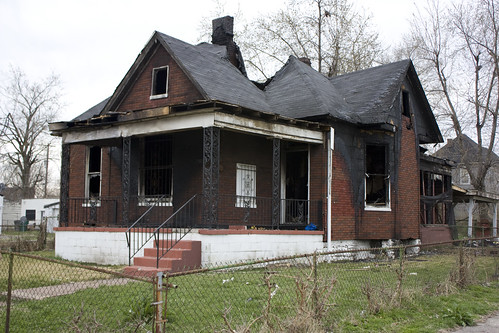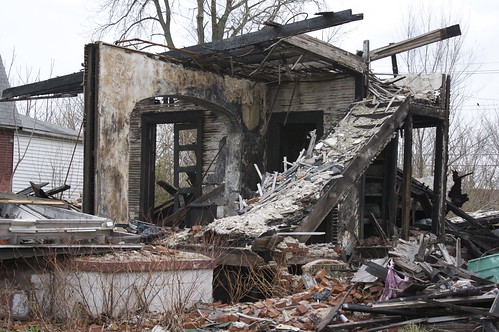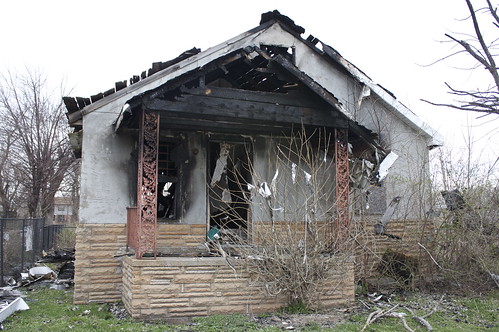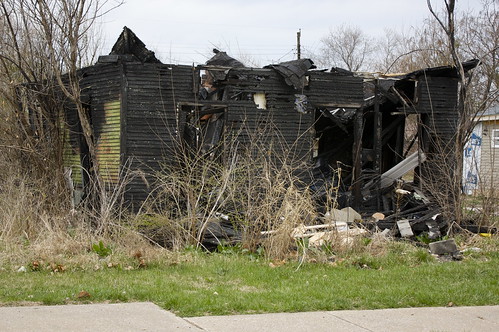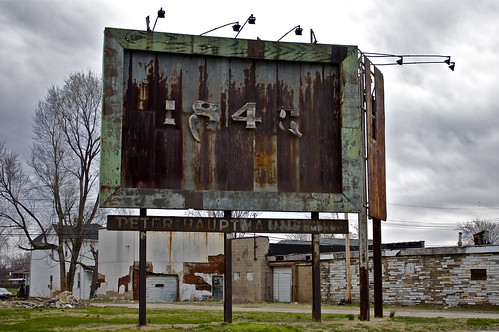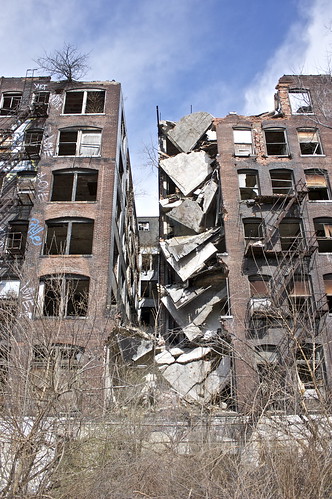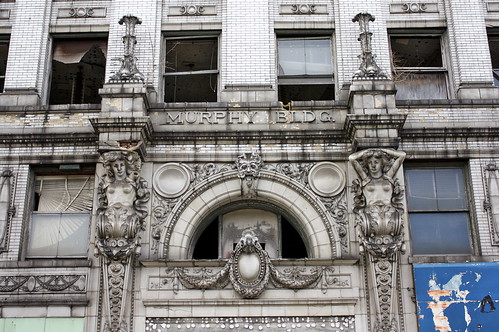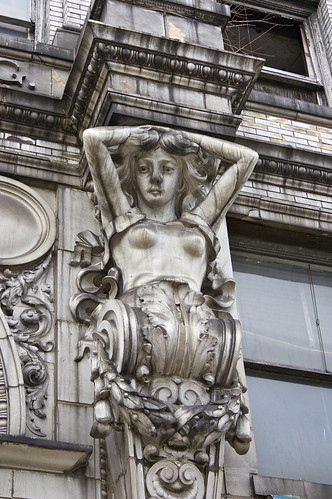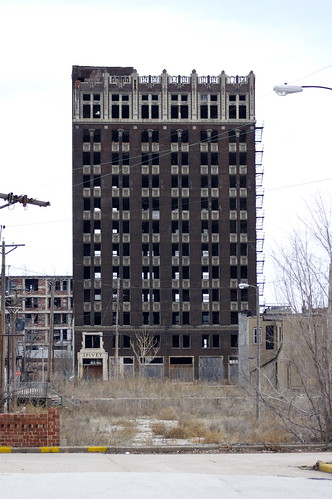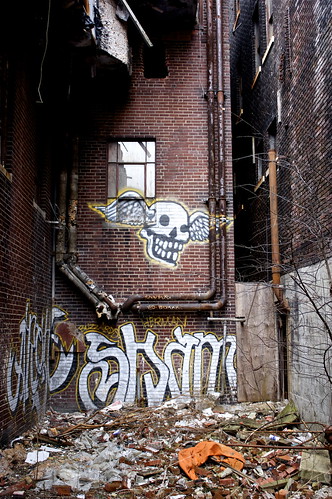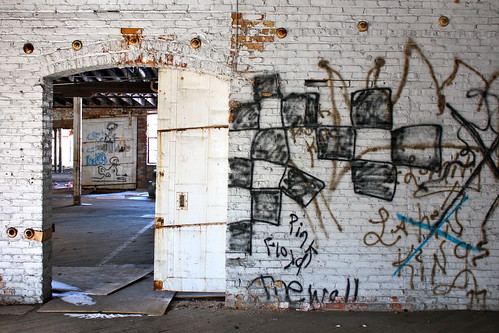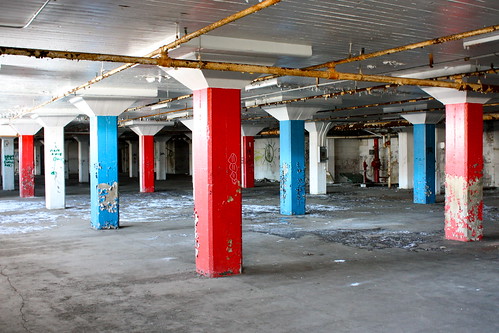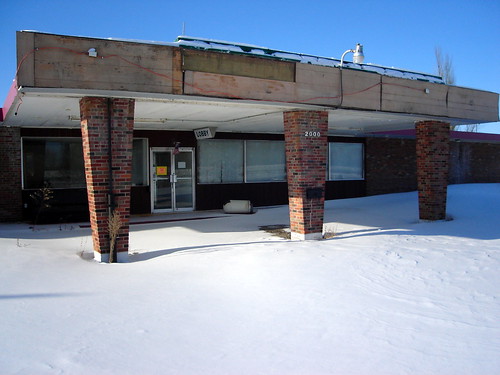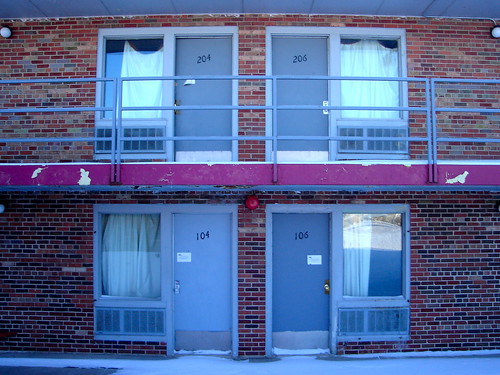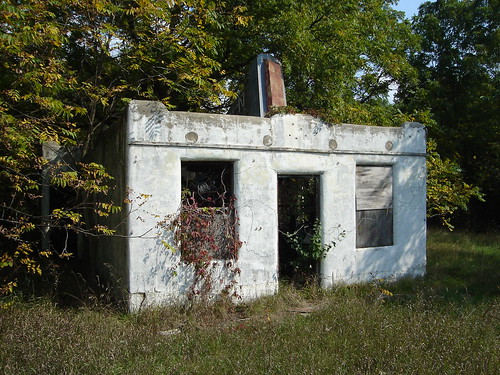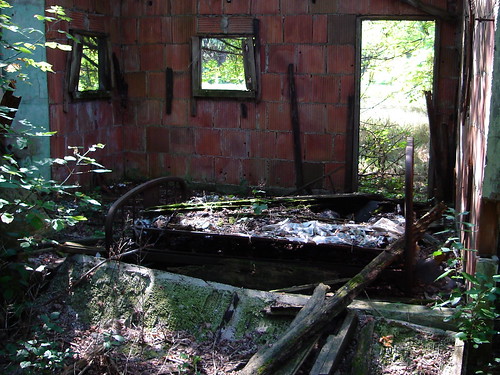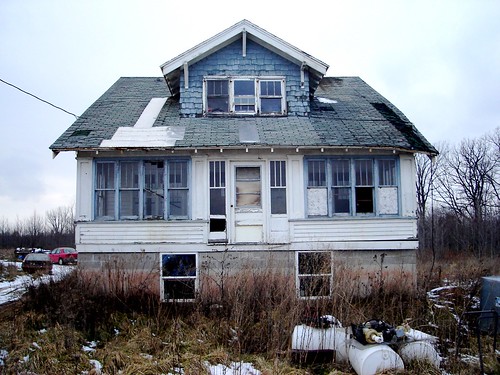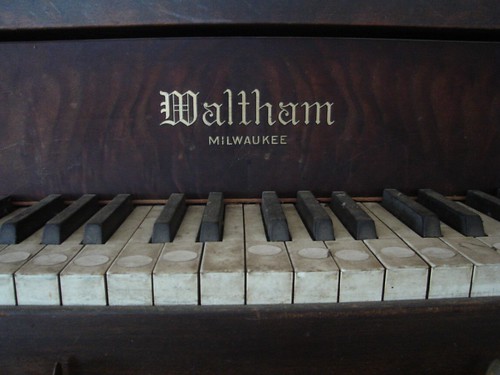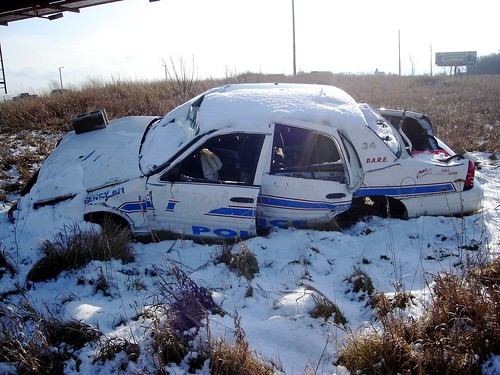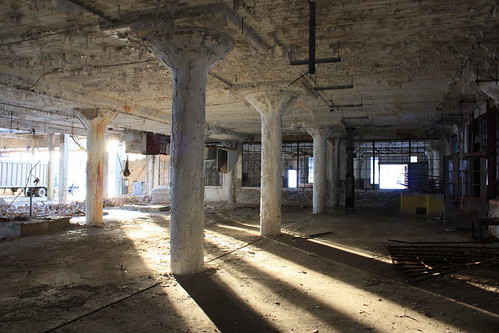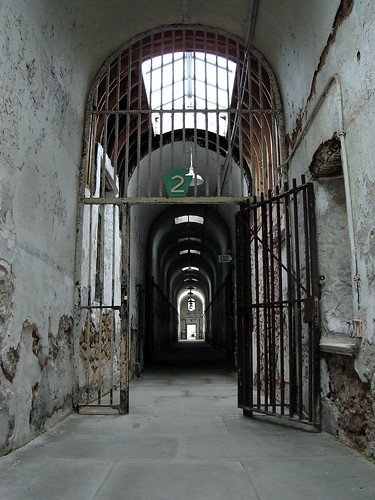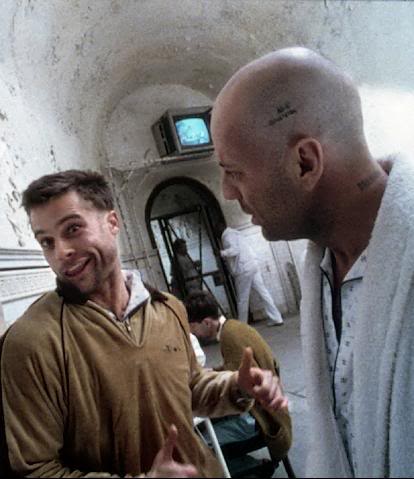Meet Reggie. By his own accord, Reggie has lived in East St. Louis 48 of his 50 years. My friend and I talked with Reggie for a good twenty minutes about East St. Louis. Talking to people that live in and around urbex locations is a great way to get the raw story. Reggie was no different. It seemed like everyone in the neighborhood knew him as they stopped to say hello while passing by. Through our conversation we were able to get a better sense of what life was like in East St. Louis. Reggie was able to “connect the dots” on the research I had done before going there. In the course of our conversation though, Reggie hit us with something we didn’t expect.
He was extremely supportive of what we were doing.
In a city that is more than 97% African American two tall, bald white guys with expensive cameras stick out. At first we weren’t sure what Reggie’s reaction would be when he approached us. When we explained that we were documenting the level of poverty in his neighborhood, his support became evident. Oddly enough, this theme was consistent throughout the day as more East St. Louis citizens approached us. There is a grave injustice about what is going on in East St. Louis and America needs to see it.
If you look closely at the house Reggie is pointing to there is some smoke damage to the upper portion and the front door is boarded up. The beige house next door was also damaged by the fire. Right next to where this photo was taken is this house.
Reggie told us that these houses burned within a week of each other and that he knew the people who lived there. When asked about the cause he gave two answers. He figured that an electrical fire or accident was a probable cause, but he was quite adamant that arson may have been at play. (I could still feel the heat emanating from this house.) In a middle-class neighborhood a house like this would be rebuilt. Not so in East St. Louis. These lots will most likely stay in this condition until weather elements destroy them completely.
These houses damaged by fire will remain like a scar in their neighborhoods. They are unsightly health hazards and dangerous. They are everywhere in East St. Louis.
This is the United States of America you never learn about in school. This is the place Reggie calls home.


